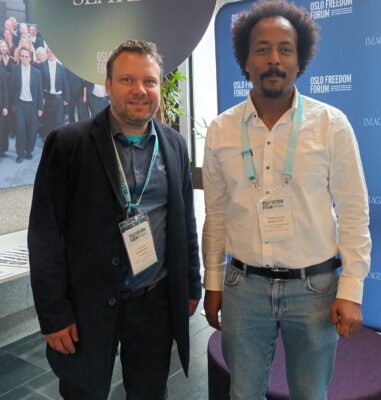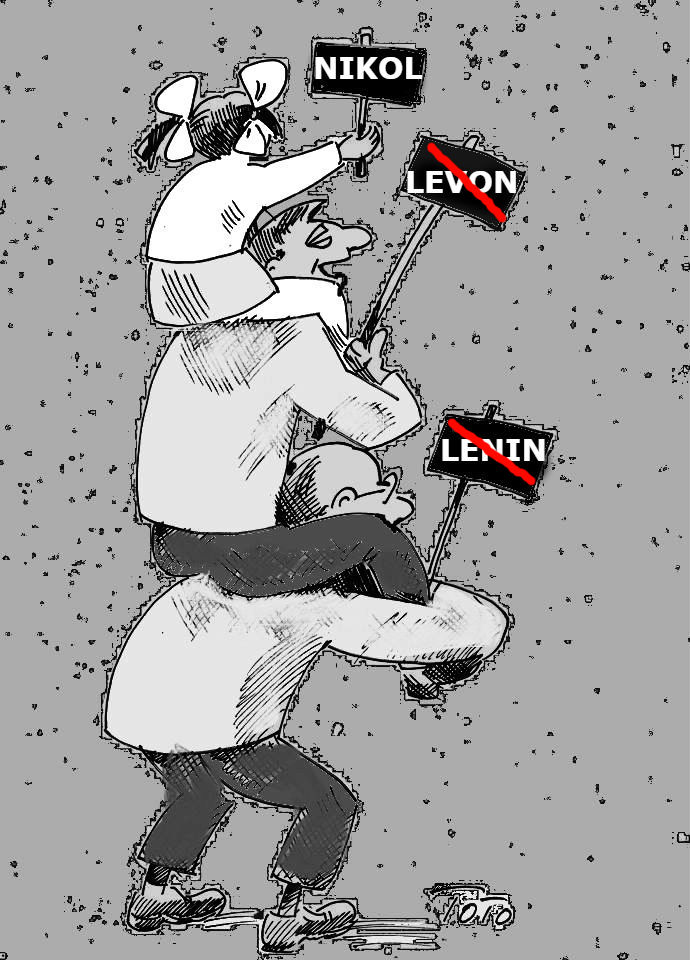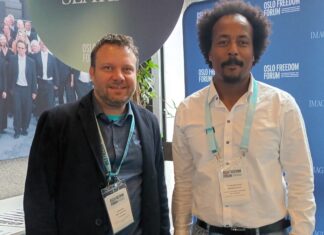The last few days leading to the fateful stage of May 1, Armenia’s political situation may best be described as being on a rollercoaster, with its dynamic changes every day and every moment.
The “citizen’s contract” political movement leader Nikol Pashinyan was able to mobilize Armenia’s youth during his three-week march and rallies to topple the newly-elected Prime Minister Serzh Sargsyan and shake up the ruling Republican Party.
In the immediate aftermath of the prime minister’s resignation, the impression was created that the government had collapsed and a political vacuum had been created to be filled right away by the “people’s candidate,” Nikol Pashinyan. The latter was performing his political moves very transparently to please his followers. He had confronted Sargsyan at the Marriott Hotel during their three-minute, unsuccessful meeting, which eventually led to the latter’s resignation. He tried to use the same strategy with Sargsyan’s successor, deputy Prime Minister Karen Karapetyan, who had succeeded the premier in the capacity of a caretaker acting prime minister and invited him again to the Marriott Hotel in full view of journalists to witness the transfer of power.
He had handpicked the representatives he wanted to accompany Karapetyan to the meeting.
Armenia’s constitution calls for the parliament to choose within seven days a new prime minister, following the resignation of the incumbent.
Karapetyan, realizing that he still had a legal tool in his hand to stall the election for a few days more, refused to show up to the meeting.









